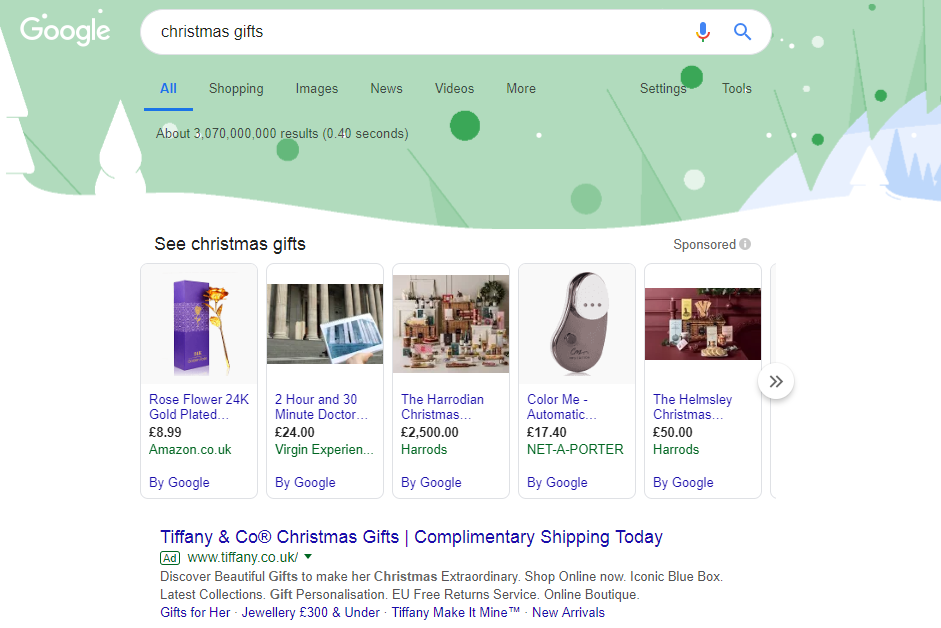Google Ads: Introducing four new Impression Share metrics
Google Ads has introduced four new Impression Share metrics to help advertisers better determine where their ads are appearing on the SERP.
The new metrics are called:
Search absolute top impression rate (Impr. (Abs. Top) %) and share (Search abs. top IS)
and
Search top impression rate (Impr. (Top) % and share (Search top IS).
These metrics will help advertisers determine how often your ads are appearing in top positions (anywhere above organic search results) and the absolute top (the very first ad in this position above the organic search results), as well as showing if there is a possibility for your ads to appear in these positions more often.
They’re calculated as follows:
-
Search top impression rate: Impressions in top positions/Impressions
-
Search absolute top impression rate: Impressions in absolute top position/Impressions
-
Search top impression share: Impressions in top positions/eligible impressions in top positions
-
Search absolute top impression share: Impressions in absolute top position/eligible impressions in absolute top position




In addition to these new metrics, there are also metrics to determine why your ads didn’t appear in top positions/absolute top: was it due to budget or Ad Rank?
These metrics were previously only available for Google Shopping feeds. Previously, advertisers had to use Average Position metrics as well as ‘normal’ Impr. share to help determine how they could improve their ads and position on the SERP. With the addition of these new metrics, users can find the accurate information they’re looking for much more easily than before.
The new metrics also go some way to making the bid auction more transparent. Before they were introduced, Avg.Position was often mistakenly used by advertisers as a tool to determine where exactly their ad was appearing. Many advertisers believed that an Avg Position of 1 meant top of the page, when in fact it merely meant that the ad showed ahead of all other ads, but not necessarily at the top of the page.
These new metrics allow advertisers to better target the top positions where CTR is expected to be stronger. Advertisers will now have more data with which to analyse changes made to CPC bids or ad copy and their subsequent effect on CTR.
Need help with your paid search? Get in touch today!


